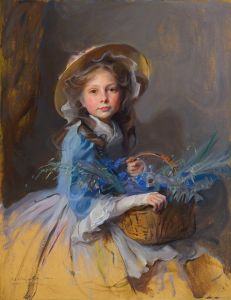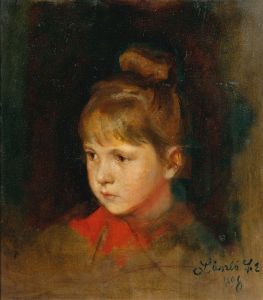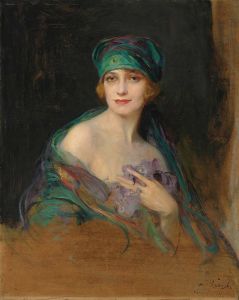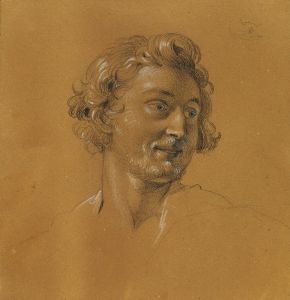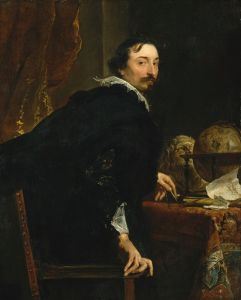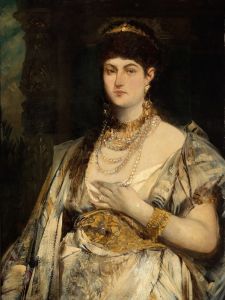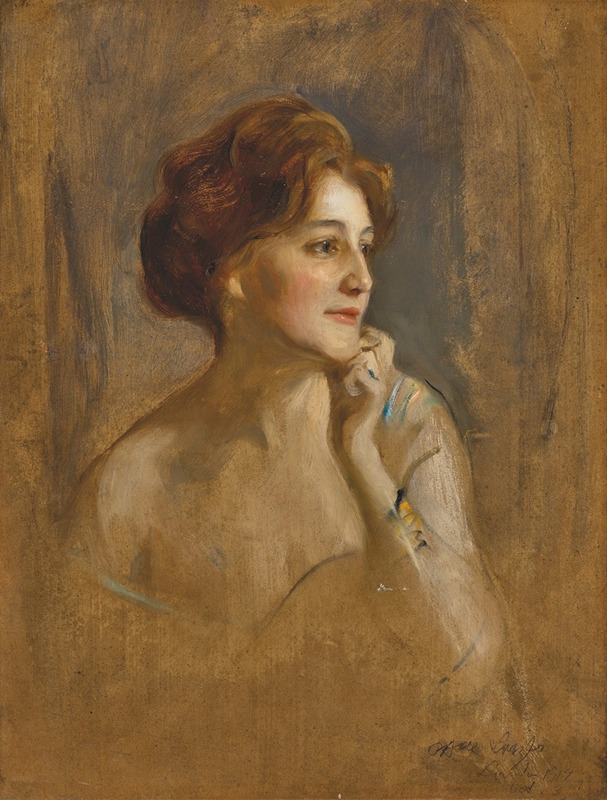
Comtesse Robert de Pourtalès, née Marie Elisabeth van Rijck
A hand-painted replica of Philip Alexius de László’s masterpiece Comtesse Robert de Pourtalès, née Marie Elisabeth van Rijck, meticulously crafted by professional artists to capture the true essence of the original. Each piece is created with museum-quality canvas and rare mineral pigments, carefully painted by experienced artists with delicate brushstrokes and rich, layered colors to perfectly recreate the texture of the original artwork. Unlike machine-printed reproductions, this hand-painted version brings the painting to life, infused with the artist’s emotions and skill in every stroke. Whether for personal collection or home decoration, it instantly elevates the artistic atmosphere of any space.
Philip Alexius de László, a renowned Anglo-Hungarian portrait artist, painted "Comtesse Robert de Pourtalès, née Marie Elisabeth van Rijck" in the early 20th century. The subject of the painting, Marie Elisabeth van Rijck, was a member of European high society and became the Comtesse Robert de Pourtalès through her marriage to Count Robert de Pourtalès, a member of the prominent Pourtalès family of Swiss origin. The family was known for its influence in aristocratic and cultural circles across Europe.
De László was celebrated for his ability to capture the elegance and personality of his sitters, often members of royalty, nobility, and the upper classes. His portraits are characterized by their refined brushwork, attention to detail, and the ability to convey the social stature of his subjects. This particular painting exemplifies his mastery in portraying the grace and sophistication of his sitter, with a focus on her poise and attire, which reflect the fashion and style of the era.
The exact date of the painting is not specified, but it likely falls within the period of de László's peak career, which spanned the late 19th and early 20th centuries. During this time, he was commissioned by numerous prominent figures across Europe and the United States, solidifying his reputation as one of the leading portrait painters of his time.
The painting is a testament to the cultural and social milieu of the period, showcasing the intersection of art, aristocracy, and personal identity. However, specific details about the life of Marie Elisabeth van Rijck or her role within the Pourtalès family are not widely documented in public historical records. Similarly, the current location of the painting is not specified in available sources.
Philip de László's works remain highly regarded in the art world, and his portraits continue to be studied for their artistic and historical significance. This painting is one of many that highlight his contribution to the tradition of portraiture and his ability to immortalize the figures of his time.










